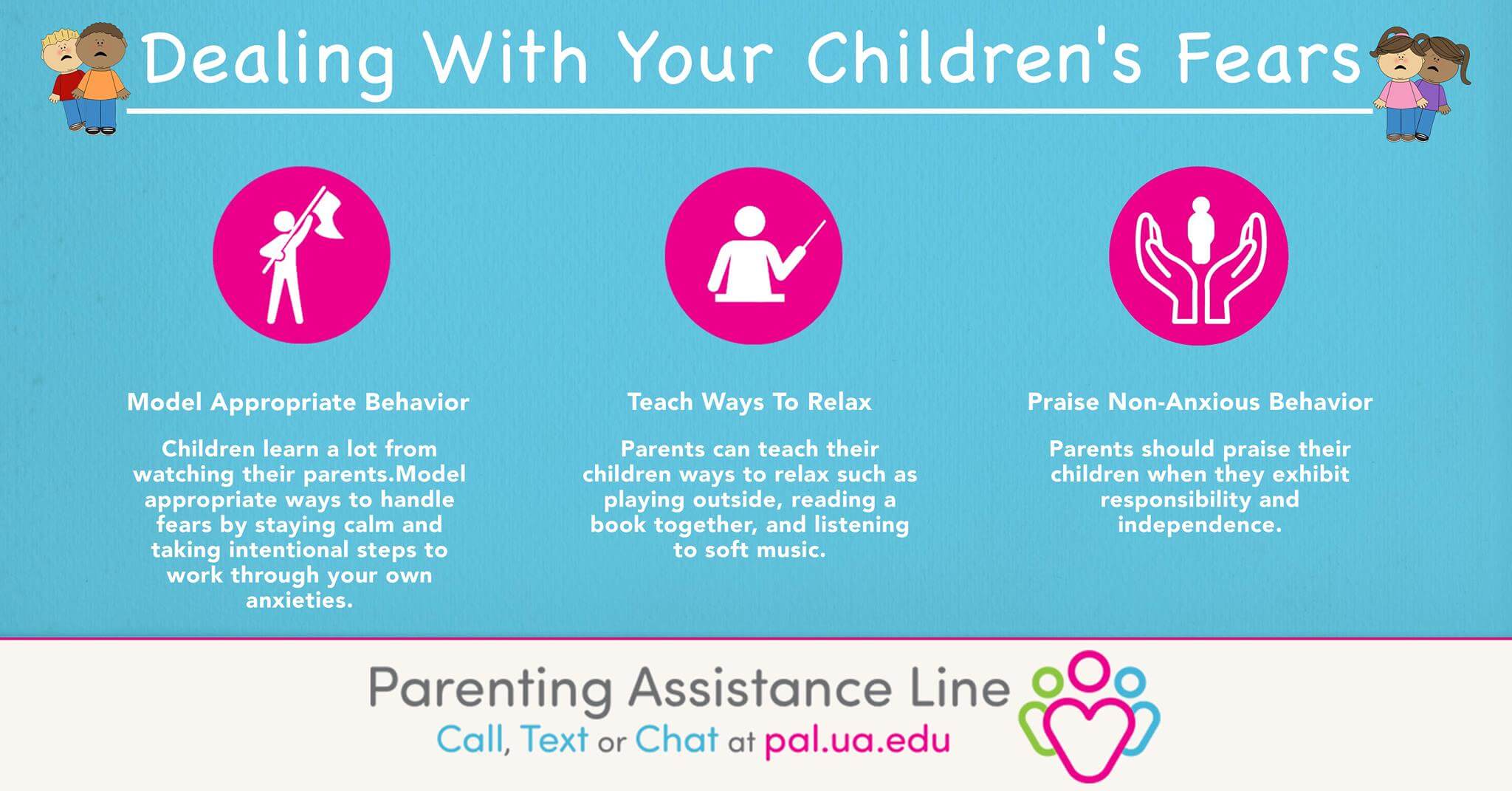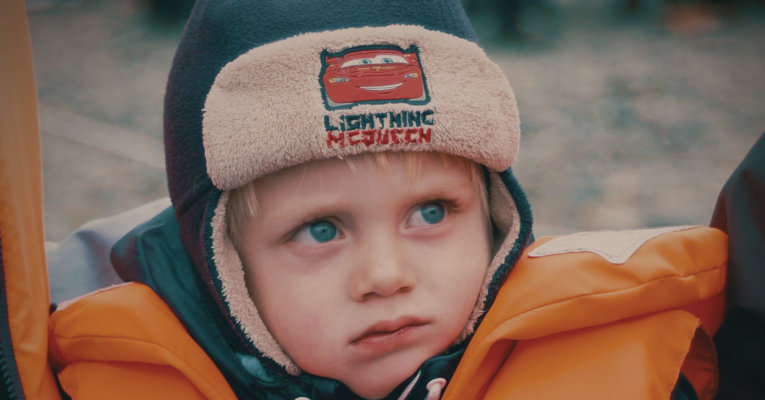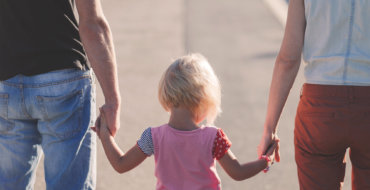Children’s fears are a common, natural aspect of development. They tend to change as children mature and grow.
Below are some common childhood fears and what you can do to help.
- Infancy: Emerging fears of strangers and separation from parents
- Toddler: Fears of monsters, weather, dark places and big, often hairy animals
- School age: Isolation, kidnappers and thieves
- Adolescence: Adult like fears such as gangs, guns, and now, terrorism and natural disasters.
Parents can help their children deal with these fears before they turn into phobias.
- Model appropriate behavior – Children learn a lot from watching their parents. Model appropriate ways to handle fears by staying calm and taking intentional steps to work through your own anxieties.
- Don’t overreact yet don’t ignore them either – Parents should offer support. Try to maintain your routine as much as possible. Routine helps children feel secure. Be cautious not to transfer your own fears to your child.
- Let them know it’s okay to be afraid – Even adults get scared at times. Using a night light, playing soft music at bedtime and avoiding scary movies are all practical techniques.
- Talk to your child and encourage them to open up – Calm discussions about your child’s fears is always a good way to encourage positive thoughts.
- Avoid activities that can scare your child, but don’t overprotect – As your child matures and becomes more emotionally secure, he will begin to work through fears as you provide guidance. Recognize his fears are real to him and be cautious of minimizing them. Instead help him work through the process so he will build his confidence for the future.
- Praise non-anxious behavior – Parents should praise their children when they exhibit responsibility and independence.
- Teach ways to relax – Parents can teach their children ways to relax such as playing outside, reading a book together, and listening to soft music.







